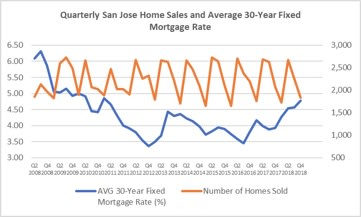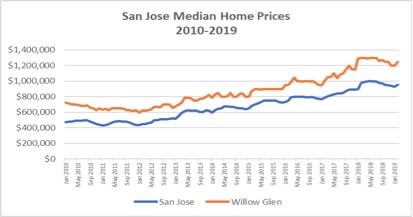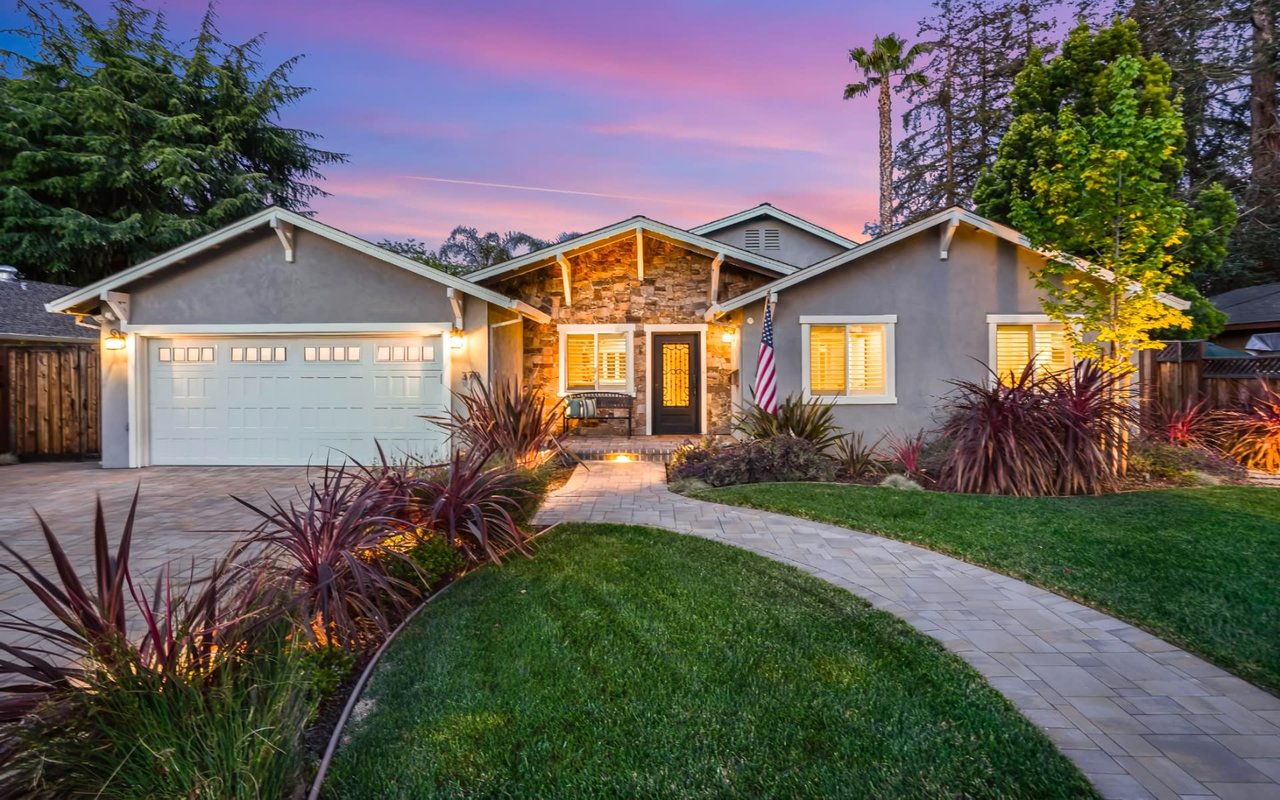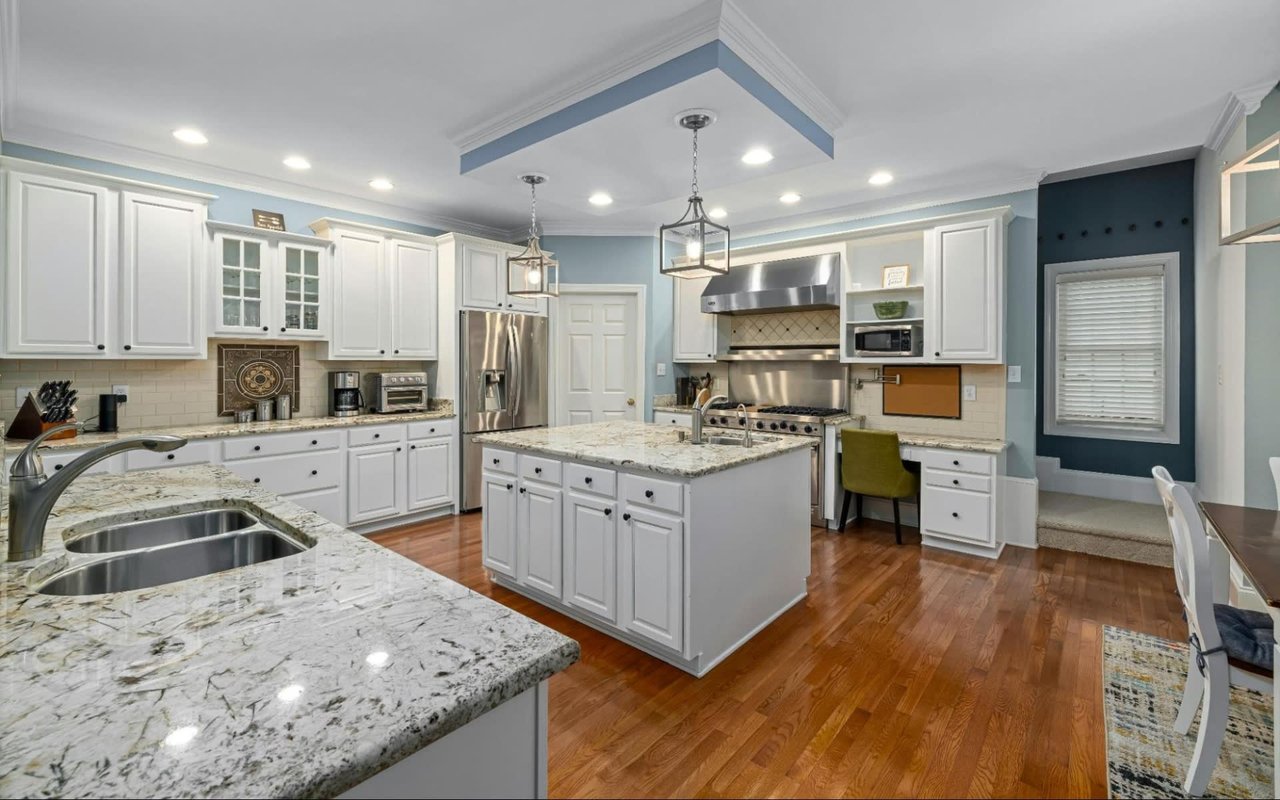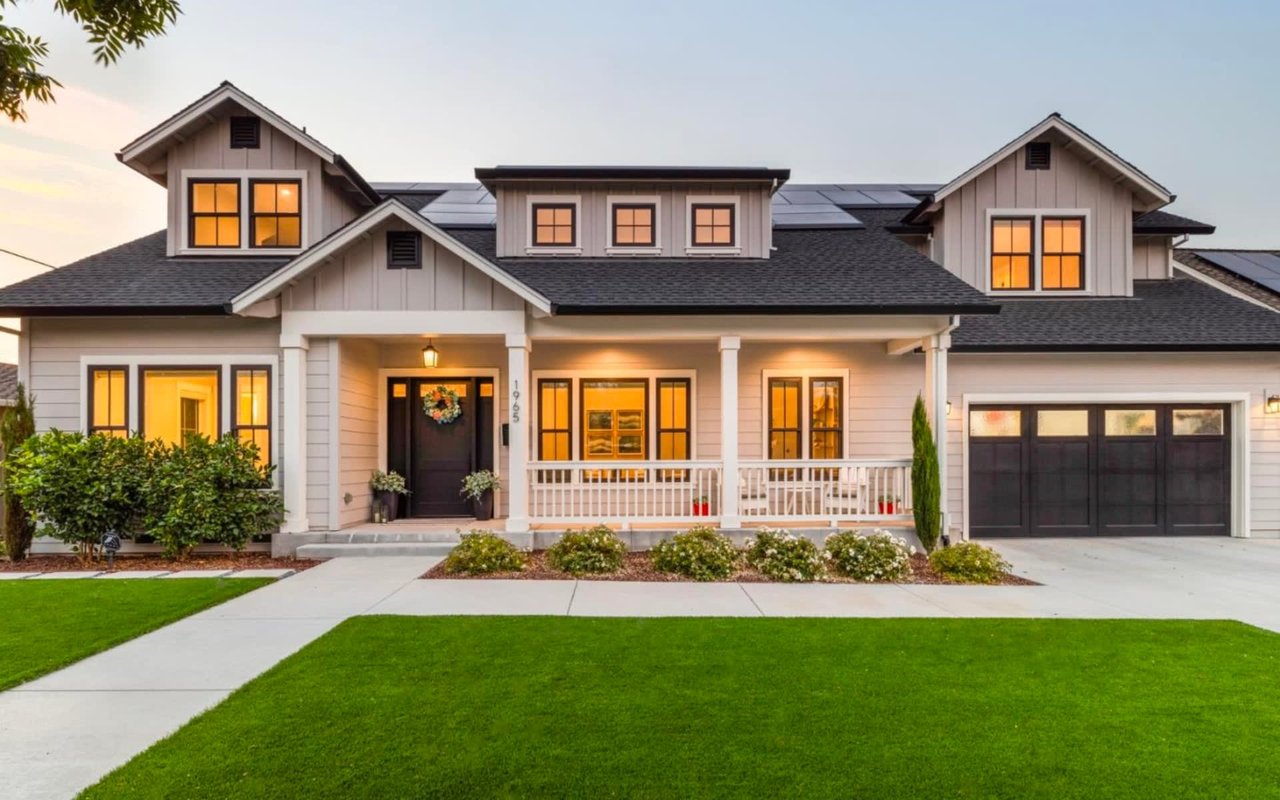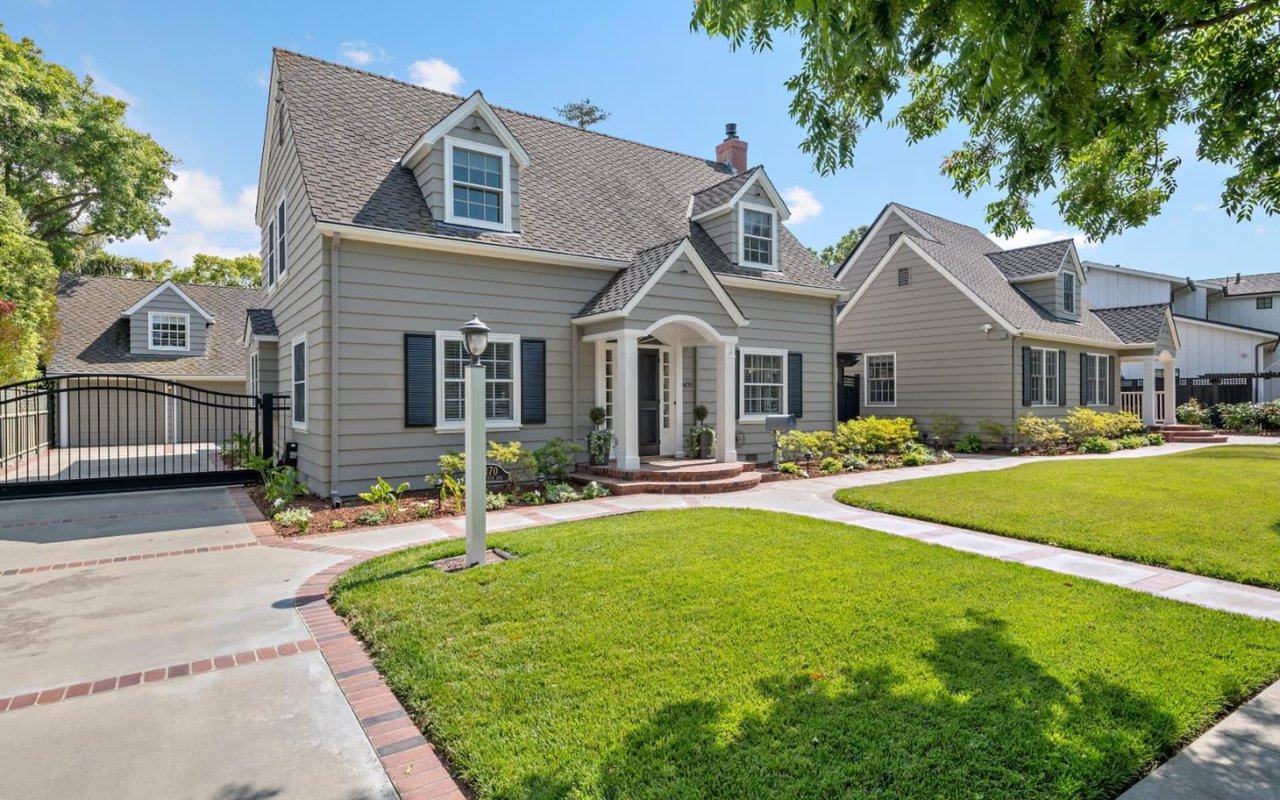The last few days have seen a tumultuous decline in mortgage interest rates. On March 19-20, 2019 at the Federal Reserve Open Market Committee (FOMC) meeting, the Fed indicated that there would be no more rate hikes for the remainder of 2019, in part due to concerns about slowing economic growth, both domestic and overseas.
A few days after that Fed announcement, the benchmark 30-year mortgage rate plummeted 0.27% (or 27 basis points in banking parlance), the biggest weekly drop in a decade.
CNBC reported that with the average rate on the 30-year fixed now close to 4 percent, almost 5 million borrowers could potentially qualify for a refinance, allowing them to reduce their interest rate by at least 0.75%. The last time the benchmark 30-year rate was below this level was Jan. 3, 2018, when it hit 4.10 percent, according to
Bankrate.
Why low rates matter
The math is pretty straightforward – when interest rates drop, it increases the affordability of loans so that homeowners (who want to refinance an existing loan) or new homebuyers (who want to finance a new loan) can now do so cheaper than before. Which then has a positive impact on the residential real estate market, or so the thinking goes. As I did the analysis for the SF Bay Area, I began to wonder if there really was a correlation between low-interest rates and the housing market.
Why low rates appear to not matter in San Jose
The San Francisco Bay Area’s real estate market seems to march to its own beat, seemingly oblivious to the changing interest rates. I analyzed the number of homes sold in San Jose, CA during the past 10 years and mapped that with the average 30-year fixed mortgage interest rates. The results to me were quite surprising i.e. irrespective of the interest rates dropping or rising, the total number of homes sold in San Jose every quarter remains very stable. While the numbers change from quarter to quarter, they remain in a very tight range when seasonality is taken into account i.e. Q2 and Q3 (Spring and early Summer) account for the max number of home sales, and the numbers then drop in Q4, and then again in Q1. Whether the interest rates were closer to 3.5% (in 2012) or they were closer to 5% (in 2018), the number of homes sold remained very similar (see the graph below).
Homes Sales and Mortgage Rates
Of course, what this chart does not show is the median home price of homes sold in San Jose. As the graph below indicates, that too does not seem to be heavily impacted by interest rates. As the graph below indicates, the median prices in San Jose are up basically 100% in the last 10 years, irrespective of the number of homes sold or the prevailing interest rates.
San Jose Single-Family Home Prices
Conclusion
The reduction in interest rates is a great opportunity to lock in some savings if you are looking to refinance, and perhaps be an additional incentive to close the transaction fast if you are looking to buy a new home. Ultimately, with all the wealth being generated by the tech economy in the SF Bay Area and the raft of new IPOs ready to go to market, home prices will continue to remain strong, no matter what the Fed does with the interest rates. In other words, now is a great time to buy!
Next Steps
Pls contact me at
[email protected] and I will be happy to help you understand why San Jose (in general) and Willow Glen (in particular) remain a great places to invest.


